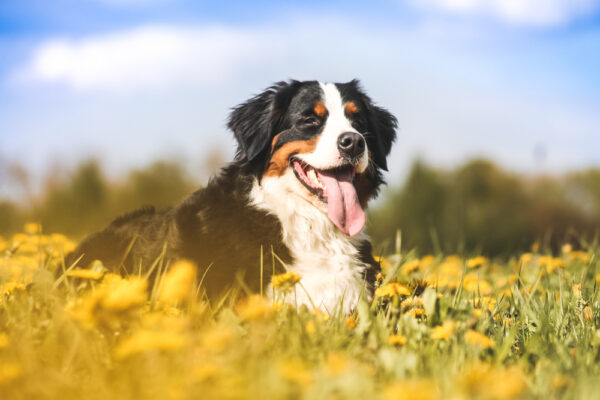Did you know your pet’s coat is a good indicator of their overall health? While regular grooming is essential for a glossy coat and healthy skin, that, combined with these other not-so-obvious tips will help your furry friend look their best.
Feed your pet a good-quality diet
You’ve probably noticed it. Eating a balanced diet has a positive effect on your hair, skin and nails. The same is true for your pet. Feed your furry friend the best pet food your budget can stretch to, and their skin and coat will reap the benefits. Look for a formula that is adapted to their life stage, says ‘complete’ or ‘balanced’ and contains as many natural ingredients as possible. Pet foods with a high meat content (30% or above) are ideal, and easier to digest for our furry friends than a diet high in grains.
Brush and bathe
When you’re bathing your pet, you want to make sure you’re using the right product. Like a soothing shampoo for pets with sensitive, itchy skin, a white wash shampoo for a white-furred dog or a good detangler for long-haired pets.
Most felines are meticulously clean (and would scoff at shampoo!), so they may never need a bath. However, brushing benefits all cats and dogs as it promotes blood circulation, prevents mats and reduces shedding. For long-haired breeds, who need regular brushing to keep their coat soft and tangle-free, a shedding comb such as the FURminator is ideal.
Add supplements
Look for supplements containing essential fatty acids and vitamins B or E. They will soothe and repair sensitive skin, promote its natural healing process and give your pet’s coat strength and shine. Both vitamin supplements and skin and coat oils can help complement a healthy diet.
Watch out for allergies
Allergies in dogs and cats, such as those caused by certain foods or environmental triggers, can affect the skin and digestive system, so look out for signs such as redness, itchiness or an upset stomach after eating. If you think your pet might have an allergy, a hypoallergenic pet food or skin and coat care treatment can help to relieve their symptoms. However, always speak to your vet first, so they can give you the correct diagnosis.



